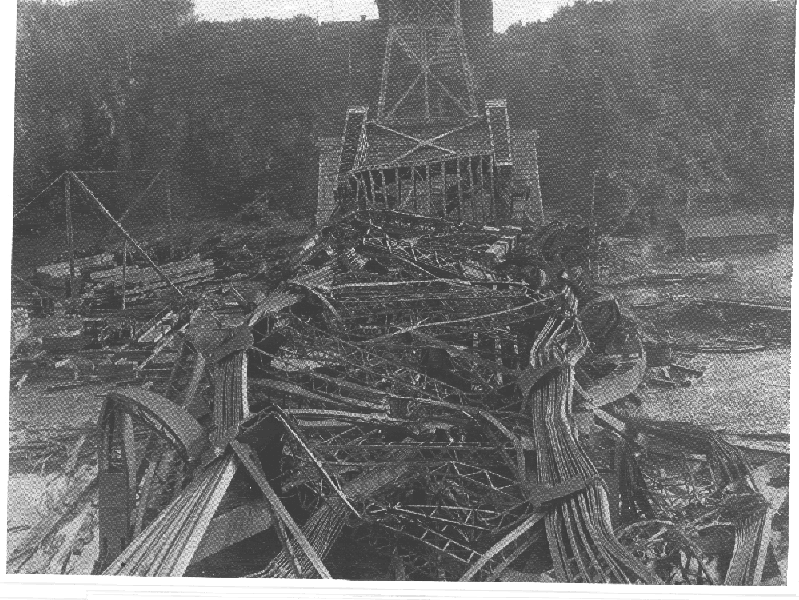It seems like every day we hear of some disaster. Maybe there was a bridge failure or a nuclear reactor exploding. Many of these catastrophic events occur because the structure in question was old. But, why is old bad? Corrosion and stress is the answer. Everyday steel bridges support the weight of thousands of cars and is subject to corrosion through oxidation, wind, and water. It is no surprise, then, that the bridges eventually fail, and fall apart if they are not cared for. The same is true of nuclear reactors. These reactors support extreme heat, pressure, and just like bridges corrosion.
In nuclear power plant, the walls are now made of groups of tiny crystal structure. When these structures are aligned, it creates stress. However, through corrosion, it is often misaligned, creating weakness, and making it prone to shattering. These misalignments are called grain boundaries.
To test the strength of the grain boundaries, the researchers used a technique called nano-indentations. In this, they push a tip into a solid substance, and measures the resistance as well as the downwards force to measure the hardness of the object. In this way, they proved that smooth surfaces are harder that cruder surfaces. They also proved that the cruder surfaces are more suspect-able to oxidation corrosions because electrons transfer more easily.
Researchers are currently looking for a way to limit corrosion. Nothing has been found yet, however, while also working with experiments, the researchers are also solving problems, theoretically. They have developed a computational model that can model corrosion further into the future, and also with more variables, like radiation damage (The physical corrosion is found out using the Consortium for Advanced Simulation of Light Water Reactors (CASL).
With this, people will be able to more effectively and accurately judge how damaged a wall or structure is, and prevent potential devastating events
(source)
 |
| failure of an old bridge |
To test the strength of the grain boundaries, the researchers used a technique called nano-indentations. In this, they push a tip into a solid substance, and measures the resistance as well as the downwards force to measure the hardness of the object. In this way, they proved that smooth surfaces are harder that cruder surfaces. They also proved that the cruder surfaces are more suspect-able to oxidation corrosions because electrons transfer more easily.
 |
| Damaged vs. Smooth surface oxidation corrosion on nickel |
With this, people will be able to more effectively and accurately judge how damaged a wall or structure is, and prevent potential devastating events
(source)